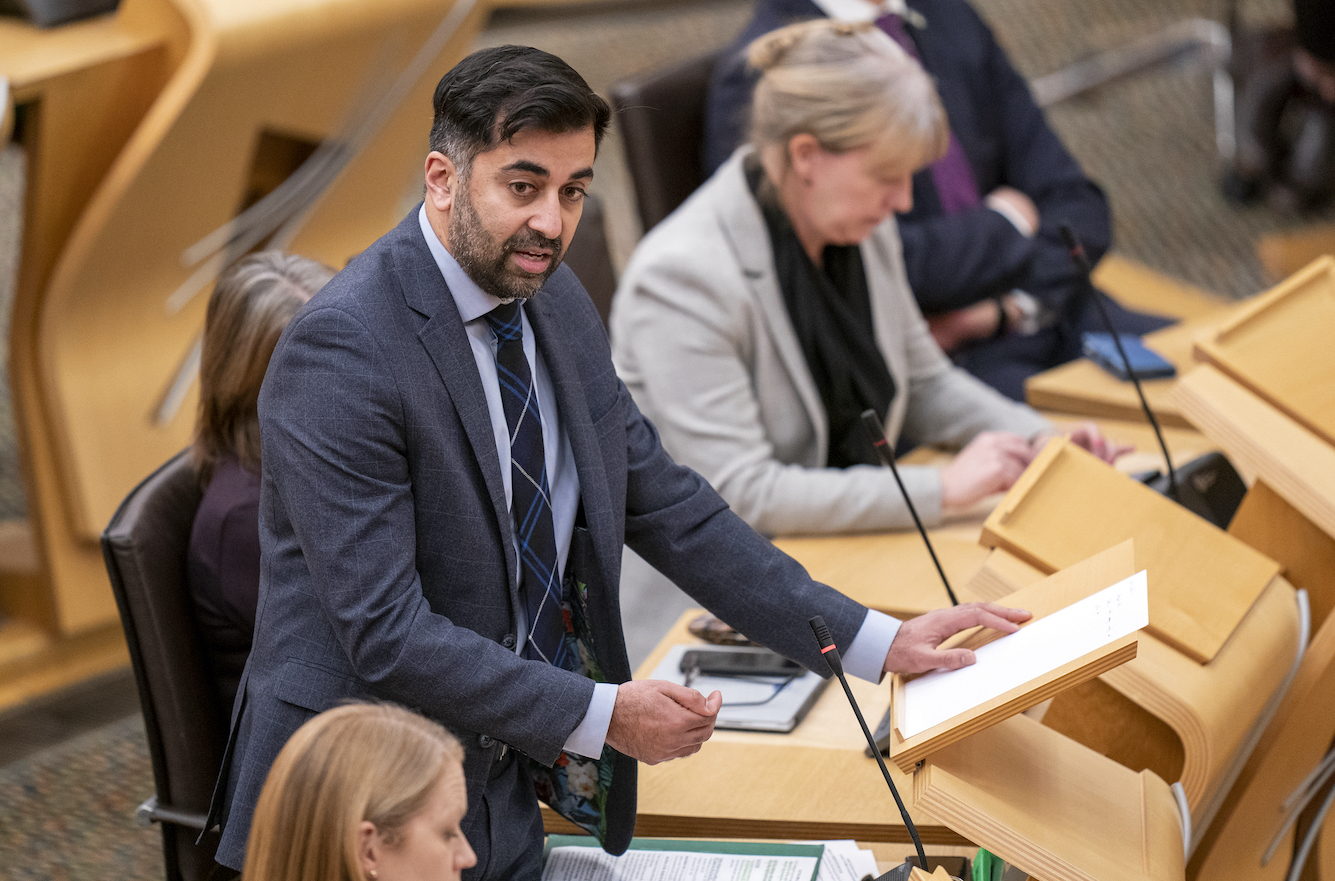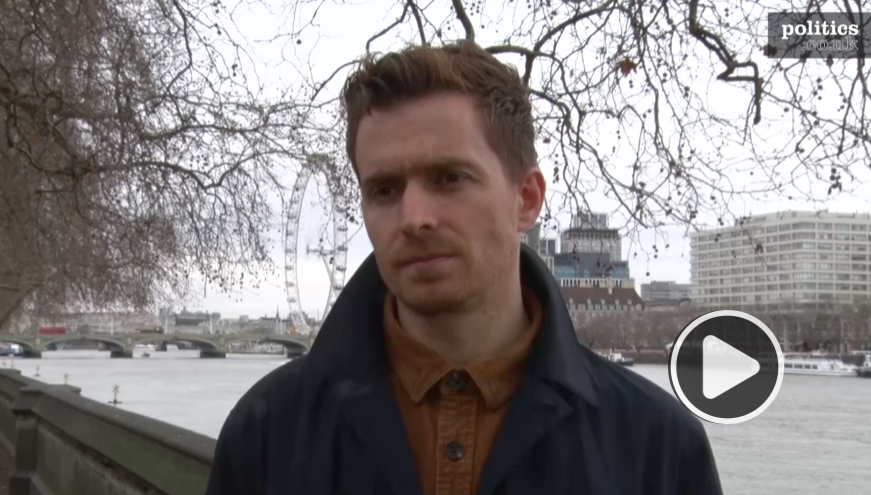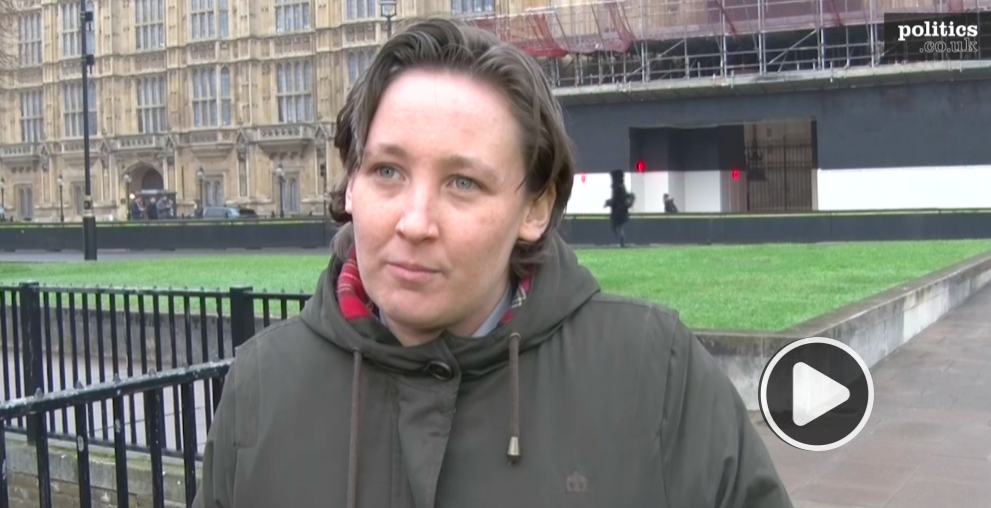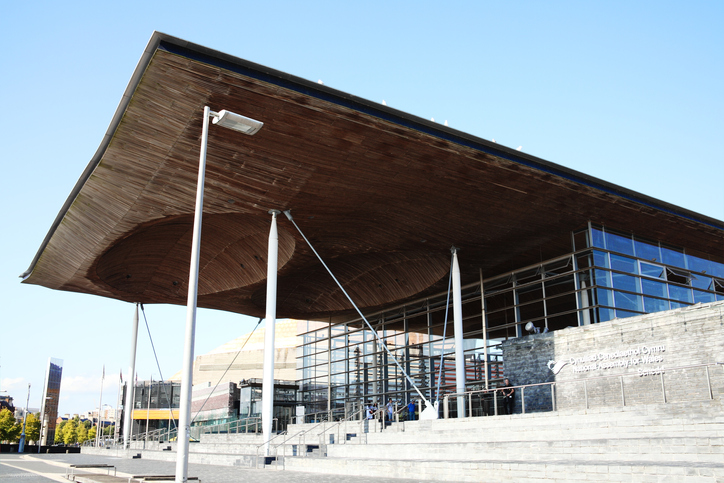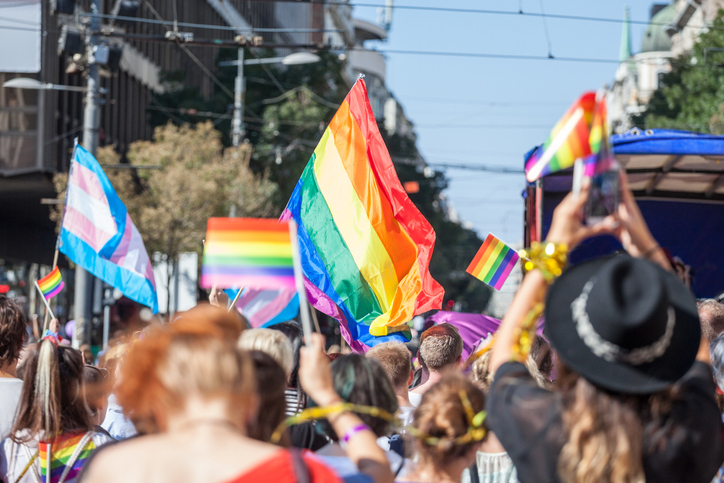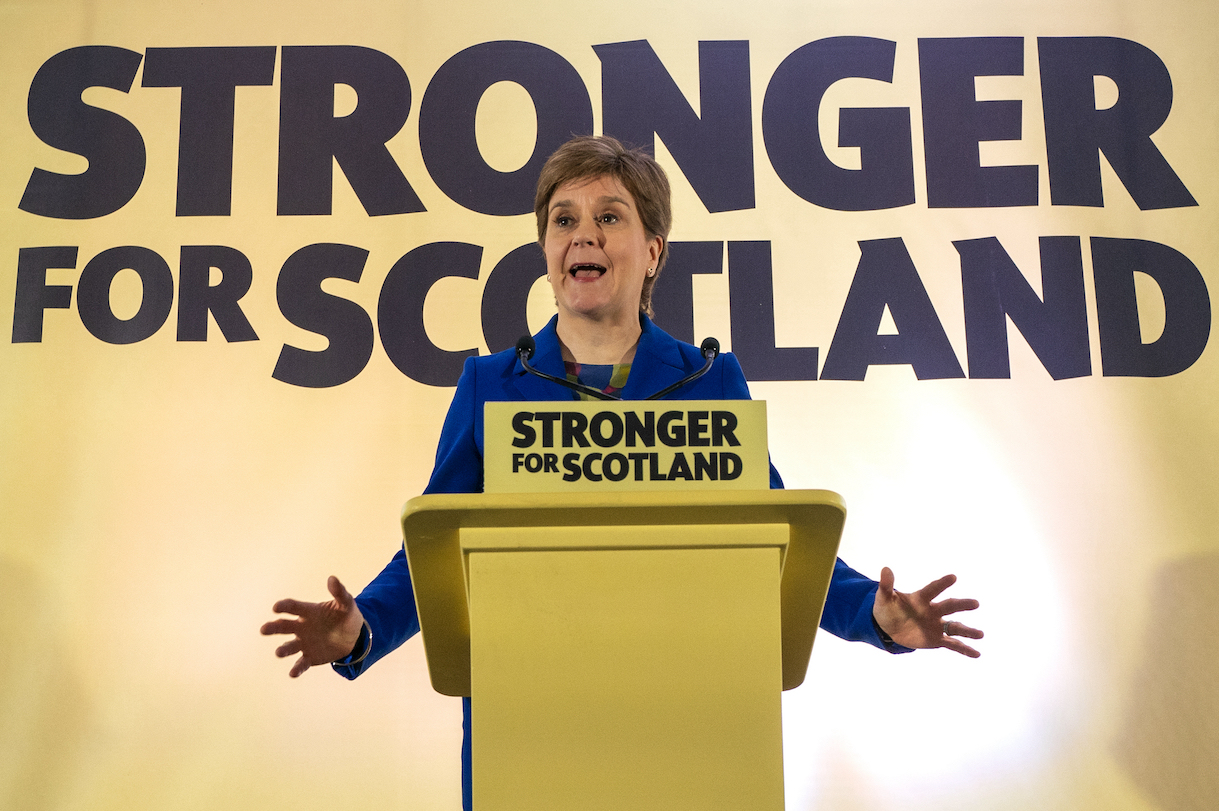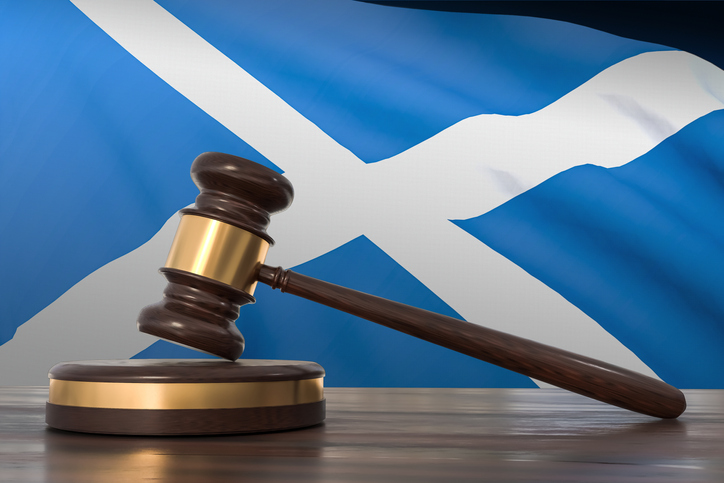The result of an IndyRef today – 11 March 2024
The latest monthly polling averages on Scottish independence, show a fluctuating picture in which ‘No’ campaigners maintain a narrow lead in most polls.
Excluding those who declare themselves to be undecided (currently around 6% of the electorate), polling averages from January to early March 2024 places the ‘Yes’ side at 49.6% and the ‘No’ side at 50.4%.
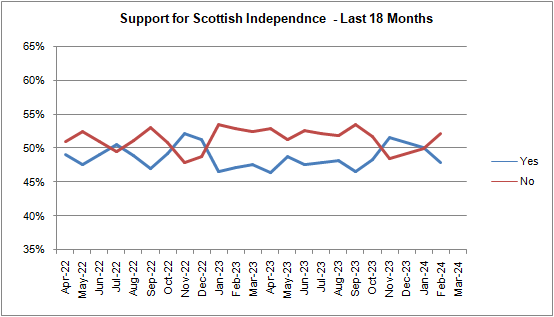
This compares with the position in the 2014 Independence referendum, when 55.3% of Scottish voters opposed plans for an Independent Scotland, with 44.7% voting in favour. .
Notable recent polls
Further details of the latest voting intentions in relation to a potential second referendum on Scottish independence can be seen in the most recent individual polls:
Redfield and Wilton (3rd February) which placed the Yes side on 47.8% and the No side on 52.2%, post adjusting for undecided voters.
lpsos (January 25) which placed the Yes side on 53.2% and the No side on 46.8%, post adjusting for undecided voters.
Survation (January 23) which placed the Yes side on 47.8% and the No side on 52.2%, post adjusting for undecided voters.
Scottish independence polling over the last 45 years
Support for Scottish independence has grown steadily over the last forty five years.
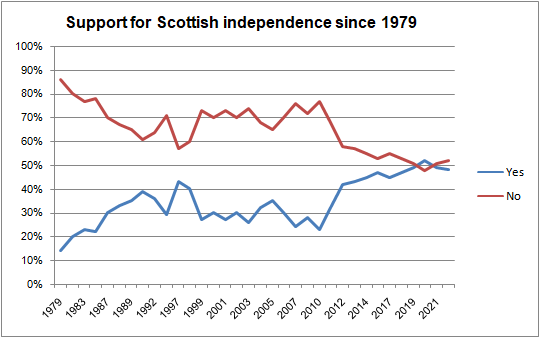
At the end of the 1970s, support for Scottish independence was polling at little more than 10%.
However support for Scottish independence grew significantly during the 1980s, particularly as Margaret Thatcher’s tenure in office continued. These levels peaked at just under 40% in the late 1980s, the time that the poll tax was introduced a year early in Scotland by the UK government.
Following Margaret Thatcher’s departure from Downing Street, support for Scottish independence fell back slightly and was polling around 30% in the middle of the 1990s.
With plans for the establishment of a Scottish parliament in Holyrood by the Blair government in the late 1990s, support for Scottish independence rose once again. In 1997, the ‘Yes’ side surpassed 40% in the polls for the first time.
However as the Scottish parliament became fully operational in Edinburgh, support for independence initially waned, trending around 30% in the first decade of the twentieth century. Indeed by the time that the Scot, Gordon Brown, became prime minister in 2007, support for Scottish independence had fallen back to 24%, its lowest level for over two decades.
However after the Scottish National Party (SNP) formed a minority government in Edinburgh, support for Scottish independence started to grow again after 2007. By the time that the SNP under Alex Salmond had won an outright majority at Holyrood in 2011, support for Scottish independence had started to nudge back up towards 40%.
In the early part of the 2010s, with a Conservative coalition government in Westminster, and with the SNP focused on holding an indepdence referendum in Scotland, support for Scottish independence grew further.
In the 2014 independence referendum, some 44.7% of Scottish voters backed Scotland becoming an independent country.
Rather than drop back after IndyRef1, and with the SNP remaining in government in Edinburgh under new first minister Nicola Sturgeon, support for Scottish independence continued to rise.
The ‘Yes’ side grew further, in the aftermath of the 2016 Brexit referendum, in which Scotland voted to remain in the EU.
Support for Scottish independence nudged up to 50% for the first time in 2019, soon after Boris Johnson became prime minister.
In the midst of the coronavirus pandemic, one in which the Scottish government took responsibility for the handling of the virus in Scotland, there were signs of sustained backing for Scottish independence for the first time. By the second half of 2020, in November 2020, the Yes campaign reached a record level of 56% in the polls.
However, following the Scottish parliament election of May 2021, one in which Nicola Sturgeon continued in government albeit in coalition with the Scottish greens , there had been signs of a slight drop off in enthusiasm for Scottish independence. This drop off appeared to initially dovetail with a growth in support in the opinion polls for the Scottish labour party under Anas Sarwar.
In late 2022 a number of events took place which had the potential to influence feelings towards an independent Scotland. These included King Charles III succeeding Elizabeth II, Rishi Sunak becoming prime minister, and the UK supreme court ruling that the Scottish Parliament does not have the power to legislate for a referendum on Scottish independence.
In the first quarter of 2023 this was complemented by Nicola Sturgeon’s decision to step down as first minister, a divisive SNP leadership election in which Humza Yousaf narrowly beat off Kate Forbes, and a police probe into the finances of the SNP. At the point that Mr Yousaf took over, the Yes campaign was polling 10% behind the No campaign.
The early indications are that support for Scottish Independence has started to recover slightly following the start of Mr Yousaf’s tenure as Scottish First Minister.
Scottish Independence Poll – Methodology:
The above analysis of support for Scottish independence draws from the published polls of a number of leading firms: YouGov, Survation, ComRes, Redfield and Wilton, Panelbase, Detlapoll, Opinium and IpsosMori. In all polls the ‘don’t knows’ are removed. In 2022, the level of people polled citing ‘don’t know’ has fluctuated around the 5%-8% level. This is the same constant level of ‘don’t know’s’ that has been seen in most polls over the last 5 years.









